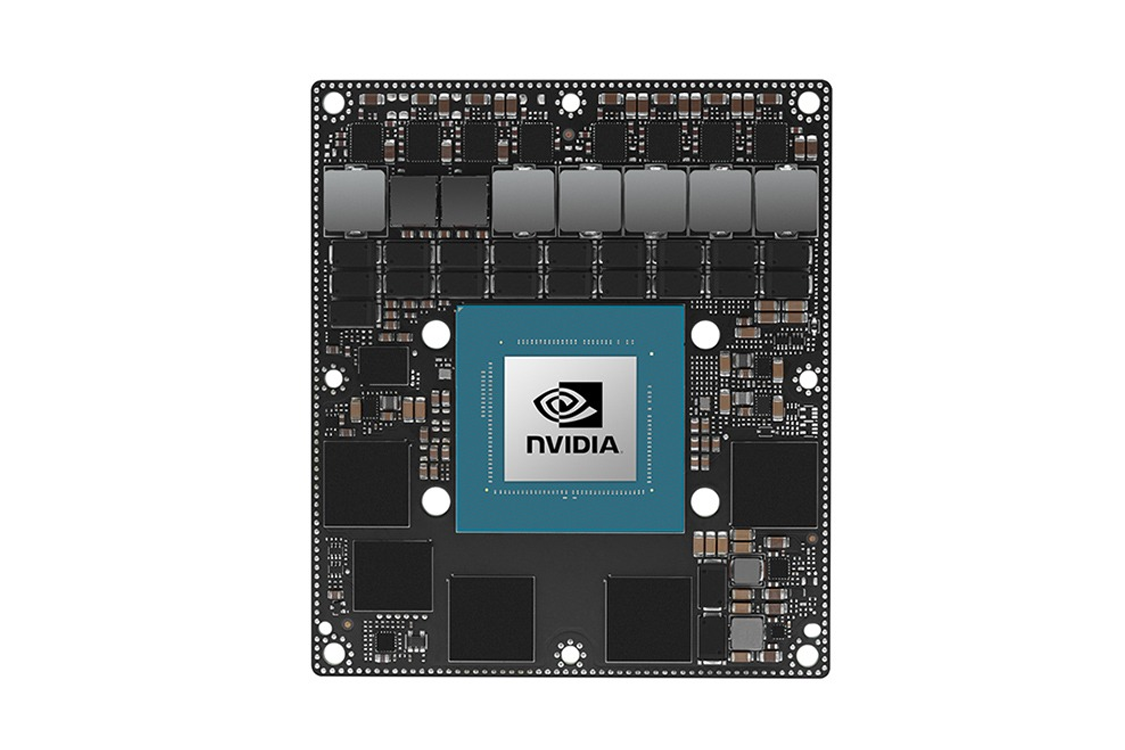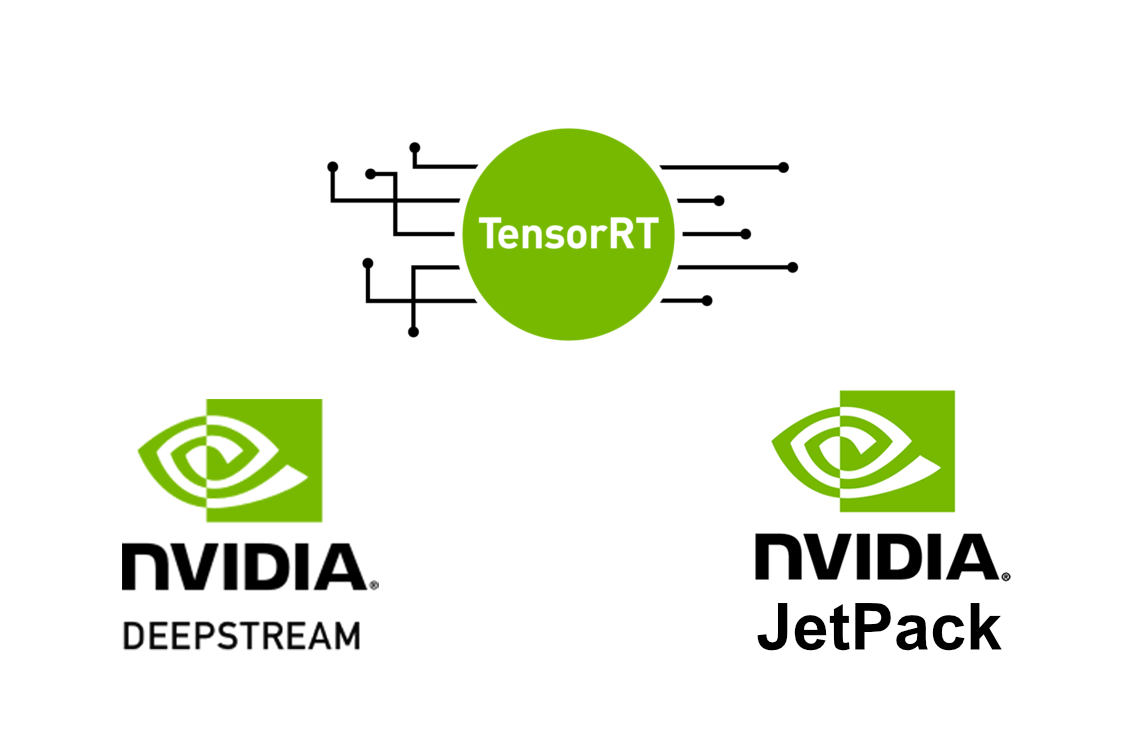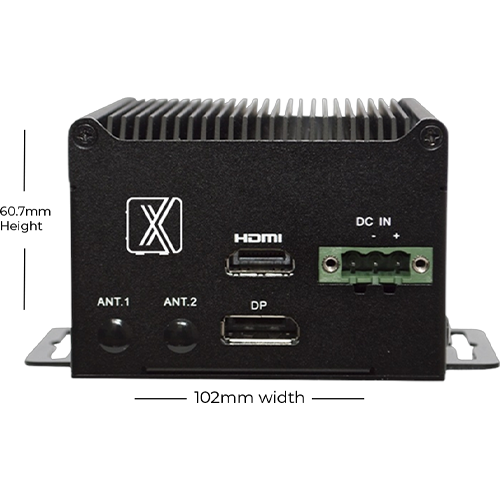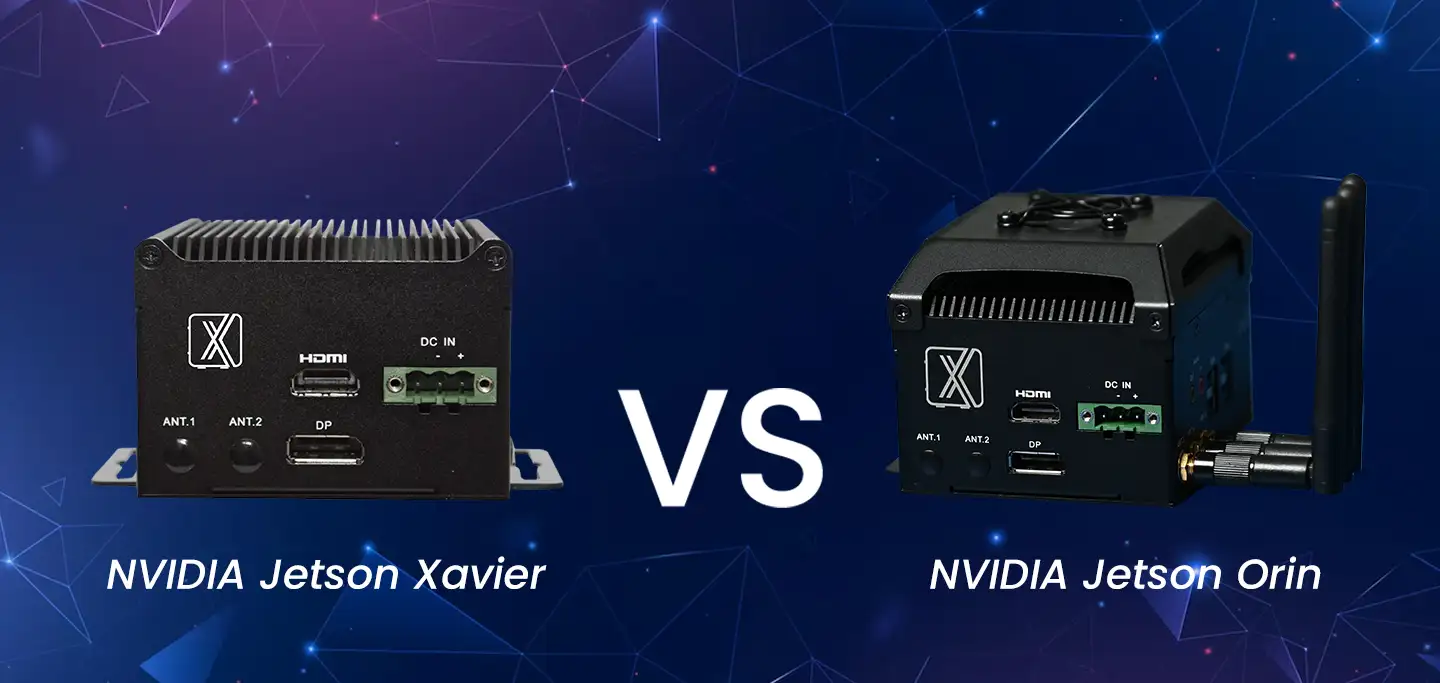Introduction
NVIDIA has been a leader in the development of AI and GPU technology. Two of their popular products in the embedded AI computing market are the NVIDIA Jetson Orin and the NVIDIA Jetson Xavier. These platforms are designed for AI-driven tasks and are used in various applications such as robotics, smart cities, healthcare, and autonomous machines. In this blog, we will compare these two powerful platforms, highlighting their features, performance, and use cases.
Overview of NVIDIA Jetson Orin

NVIDIA Jetson Orin
The NVIDIA Jetson Orin is the latest addition to the Jetson family. It is designed to provide exceptional performance for AI workloads. Jetson Orin comes in different models, each with varying levels of processing power and capabilities.
Key Features of Jetson Orin
- High Performance: Jetson Orin is built with the latest NVIDIA Ampere architecture, featuring up to 2048 CUDA cores and 64 Tensor cores. This makes it highly suitable for intensive AI applications.
- Memory: It supports up to 64GB of LPDDR5 memory, allowing it to handle large datasets and complex models.
- Energy Efficiency: Despite its high performance, Jetson Orin is designed to be energy efficient, making it suitable for edge devices.
- Connectivity: It includes multiple high-speed interfaces such as PCIe Gen4, USB 3.2, and Gigabit Ethernet, enabling fast data transfer and connectivity.
- AI Software Support: Jetson Orin supports NVIDIA's rich AI software stack, including JetPack SDK, TensorRT, and DeepStream, facilitating the development and deployment of AI applications.
Overview of NVIDIA Jetson Xavier

NVIDIA Jetson Xavier
The NVIDIA Jetson Xavier was a significant advancement when it was released. It provides robust AI computing capabilities and has been widely used in various applications.
Key Features of Jetson Xavier
- Performance: Jetson Xavier is powered by the Volta architecture, featuring 512 CUDA cores and 64 Tensor cores. While not as powerful as Orin, it still delivers excellent performance for AI tasks.
- Memory: It comes with 32GB of LPDDR4x memory, which is sufficient for many AI applications.
- Energy Efficiency: Jetson Xavier is also designed with energy efficiency in mind, suitable for use in embedded systems.
- Connectivity: Similar to Orin, it includes multiple high-speed interfaces such as PCIe Gen4, USB 3.1, and Gigabit Ethernet.
- AI Software Support: Jetson Xavier also supports NVIDIA's AI software stack, making it easier to develop and deploy AI solutions.
Performance Comparison
When comparing Jetson Orin and Jetson Xavier, performance is a critical factor.
- GPU Performance: Jetson Orin's Ampere architecture provides significantly more CUDA cores (up to 2048) compared to Xavier's 512 CUDA cores. This means Orin can handle more complex and larger AI models.
- Memory: Orin's support for up to 64GB of LPDDR5 memory gives it an edge over Xavier's 32GB of LPDDR4x memory. More memory allows for better handling of large datasets and models.
- AI Processing: The additional Tensor cores in Orin (64 compared to Xavier's 64) enable faster and more efficient AI processing, making it better suited for demanding AI applications.
Power Consumption
Both Jetson Orin and Xavier are designed to be power efficient, but there are differences.
- Orin: Despite its higher performance, Jetson Orin is designed to maintain energy efficiency. It offers configurable power modes, allowing users to balance performance and power consumption.
- Xavier: Jetson Xavier also provides power efficiency, but with lower performance compared to Orin. It is suitable for applications where power consumption is a critical factor, but extreme performance is not necessary.
Use Cases
Jetson Orin and Xavier are used in a variety of applications, but their differences make them suitable for specific use cases.
- Jetson Orin: Due to its high performance, Jetson Orin is ideal for applications requiring real-time AI processing, such as autonomous vehicles, advanced robotics, and complex medical imaging.
- Jetson Xavier: Jetson Xavier is suitable for applications that need robust AI performance but do not require the extreme capabilities of Orin. These include industrial automation, smart cameras, and simpler robotics.
Development and Deployment

Development and Deployment
Both platforms support NVIDIA's comprehensive AI software stack, making development and deployment straightforward.
- JetPack SDK: This software development kit supports both Orin and Xavier, providing tools and libraries for AI development.
- TensorRT: This inference engine optimizes AI models for deployment on both platforms, ensuring efficient execution.
- DeepStream: This SDK is used for building AI-powered video analytics applications, supported on both Orin and Xavier.
Cost Considerations
Cost is always a factor when choosing between different platforms.
- Jetson Orin: Given its advanced capabilities, Jetson Orin is more expensive than Xavier. It is suitable for applications where performance justifies the cost.
- Jetson Xavier: Jetson Xavier is more affordable and offers a good balance between performance and cost. It is suitable for applications where budget constraints are a consideration.
Conclusion
NVIDIA Jetson Orin and Jetson Xavier are both powerful platforms for AI computing. Jetson Orin, with its advanced architecture and higher performance, is ideal for demanding AI applications. Jetson Xavier, while less powerful, still provides robust AI capabilities at a more affordable price. Choosing between them depends on the specific needs of the application, performance requirements, and budget constraints. Both platforms support NVIDIA's rich AI software ecosystem, making them suitable for a wide range of AI-driven tasks.
For more info visit www.proxpc.com
Edge Computing Products

ProX Micro Edge Orin Developer Kit
Learn More

ProX Micro Edge Orin NX
Learn More

ProX Micro Edge Orin Nano
Learn More

ProX Micro Edge AGX Orin
Learn More

















